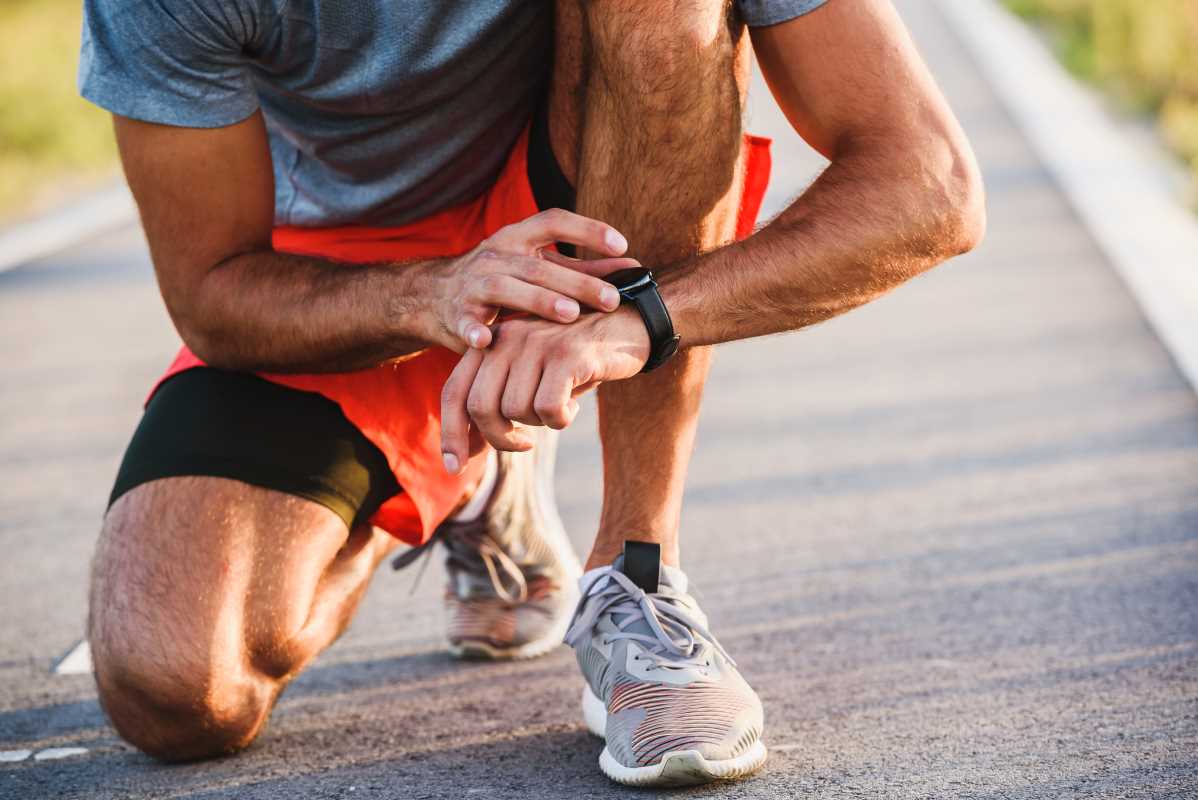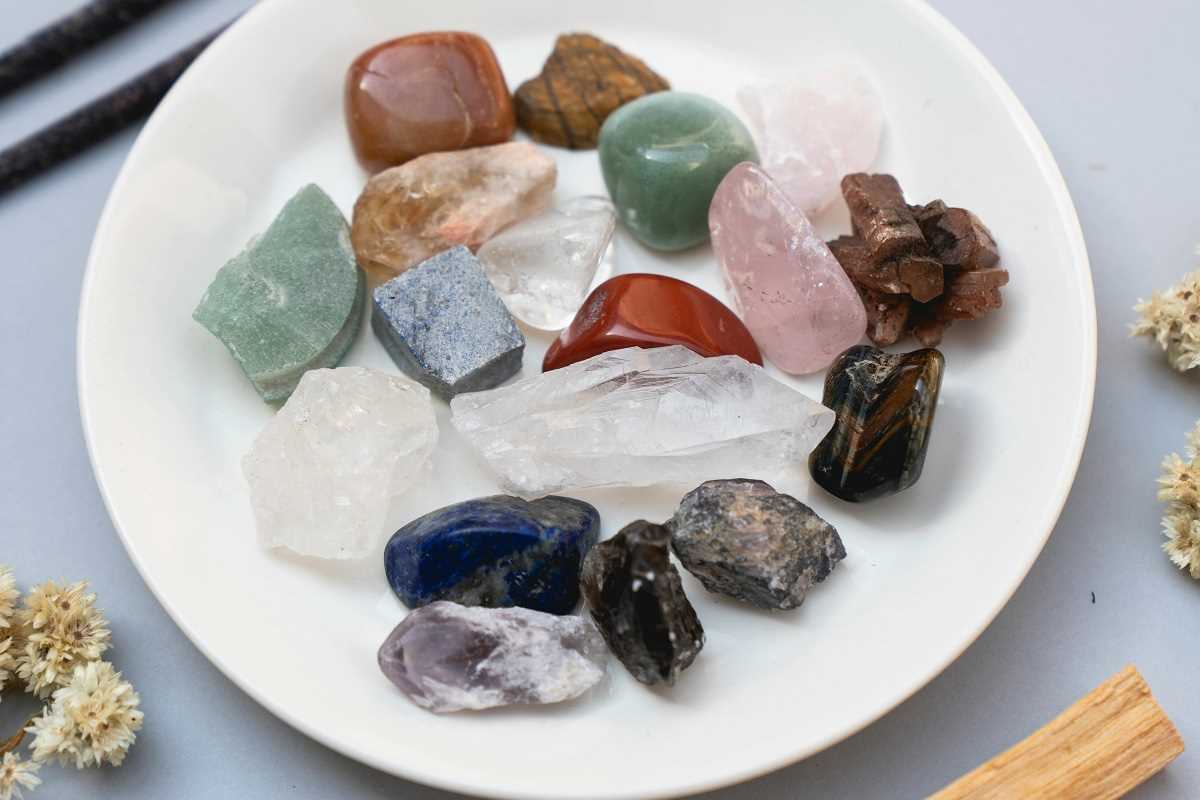Cupping therapy, once an ancient practice, has been gaining new momentum in the realm of alternative medicine. From athletes seeking faster recovery to chronic pain sufferers longing for relief, cupping therapy has arisen as a natural, non-invasive option to help improve well-being. But what does this intriguing therapy involve, and how does it work for those in need of physical care? Let's explore the origins of cupping therapy, how it’s performed, its benefits, risks, and what science says about its effectiveness.
Understanding Cupping Therapy
Cupping therapy is a form of alternative medicine where cups are placed on the skin to create a suction effect. These cups are usually made from materials such as glass, silicone, or bamboo. The suction works to increase local blood flow, relax muscles, and potentially help with various physical ailments.
There are two main types of cupping therapy:
- Dry Cupping: This is the more straightforward method, where suction is created inside the cup and left on the skin without any additional intervention.
- Wet Cupping: This involves making small incisions in the skin after applying suction. The vacuum draws out small amounts of blood, which proponents say helps detoxify the body. Wet cupping is often considered more intense and is less commonly practiced in Western settings.
The cups can be placed on various parts of the body but are most commonly applied to areas experiencing muscle tension or pain, such as the back, shoulders, or legs.
A Brief Historical Background
Cupping therapy has roots stretching back thousands of years. The practice can be traced to ancient Egyptian, Chinese, and Middle Eastern cultures. The earliest evidence of cupping appeared in ancient Egyptian medical texts such as the Ebers Papyrus from 1550 BCE, which detailed its use for conditions ranging from fever to gynecological issues.
Traditional Chinese Medicine (TCM) later incorporated cupping therapy as an essential practice. It is believed to align with TCM principles, such as balancing Qi (vital energy) and facilitating the flow of blood and energy throughout the body. Today, cupping is practiced globally and continues to evolve as it intersects with modern medical research and athletic therapy.
How Cupping Therapy is Performed
The process of cupping therapy is quite simple, though it requires skill from a trained practitioner to ensure safety and effectiveness.
Preparation
The patient typically lies down or sits in a comfortable, relaxed position. The practitioner cleans the skin in the area where the cups will be placed.
Creating Suction
- Fire Cupping is a traditional method where a flame is introduced briefly into the cup to remove oxygen, creating a vacuum. The cup is then quickly placed on the skin.
- Modern Cupping often relies on suction pumps or silicone cups that allow for more controlled application.
Cup Placement
Once suction occurs, the cup pulls the skin upward. Depending on the specific concern being addressed, the cups are left in place for 5–20 minutes.
Post-Treatment Care
After the session, the cups are removed, and the skin may appear red or bruised due to the blood flow brought to the area. These marks are usually harmless and disappear within days.
Cupping Therapy for Athletes
Athletes have propelled cupping therapy into the spotlight in recent years. Remember the 2016 Olympics when swimmers like Michael Phelps showed up with circular red marks on their backs? That was cupping therapy in action. Athletes turn to this practice for several compelling reasons:
- Muscle Recovery: Cupping increases circulation to localized areas, potentially speeding up healing and reducing soreness after intensive training or competition.
- Muscle Relaxation: Tight muscles are a common complaint among athletes. Cupping aims to loosen the muscles and improve flexibility.
- Enhanced Performance: Some athletes believe the increased blood flow and release of muscle tension after a session can enhance their physical performance.
While the scientific evidence for these claims is still evolving, many athletes report subjective benefits, which may contribute to their preference for this ancient therapy.
Cupping Therapy for Chronic Pain Sufferers
For people with chronic pain conditions, conventional treatments often come with undesirable side effects or limited effectiveness. This has driven many to seek alternative solutions, including cupping therapy.
- Pain Relief: Chronic back pain, neck pain, and even conditions like fibromyalgia often respond well to cupping. A 2015 review in The Journal of Alternative and Complementary Medicine noted that cupping reduced pain, especially when combined with other modalities like acupuncture.
- Reduced Tension: Chronic pain sufferers frequently experience tension in their muscles, which can exacerbate the discomfort. Cupping’s ability to relax muscles may offer some relief.
- Improved Quality of Life: By addressing pain and tension, patients often report improvements in sleep, mood, and overall well-being.
Benefits of Cupping Therapy
The benefits of cupping therapy can vary depending on individual needs, but common reported advantages include:
- Increased blood circulation
- Relaxation of muscle tension
- Reduction in pain and inflammation
- Improved range of motion
- Non-pharmacological pain management
For many, the therapy provides both physical and mental relaxation, which can be especially valuable after intense physical activity or enduring chronic pain.
Potential Risks and Considerations
While cupping therapy is generally considered safe when performed by a trained professional, there are some potential risks to keep in mind:
- Bruising and Skin Marks: The red or purple marks left by cupping can look alarming but usually fade within 7–10 days. However, they are not painful.
- Skin Irritation or Infection: Improper hygiene or incorrect techniques can lead to irritation or, in rare cases, infections.
- Medical Conditions: Those with bleeding disorders, skin problems, or who are pregnant should consult a healthcare provider before undergoing cupping.
What Does Science Say?
While research on cupping therapy is still growing, some studies are beginning to shed light on its effectiveness:
A 2012 study in PLoS One suggested that cupping therapy could be effective for pain-related conditions like chronic back and neck pain.
Another 2018 review published in The Journal of Pain Research concluded that cupping showed promise for managing conditions involving musculoskeletal pain, though more rigorous trials are needed.
It’s important to note that while many proponents swear by its effects, much of the scientific evidence is still incomplete or based on small trials.
Cupping therapy offers a fascinating blend of ancient tradition and contemporary health trends. For athletes and those living with chronic pain, it can provide a natural and non-invasive method to address physical discomfort and aid recovery. While it’s not a one-size-fits-all solution, and more research is needed, many have found it to be a valuable complement to conventional treatments.
If you’re curious about trying cupping therapy, work with a qualified practitioner and discuss it with your healthcare provider, especially if you have preexisting conditions. Whether you’re chasing athletic performance or seeking relief from chronic pain, cupping therapy might just be the answer your body has been searching for.
 (Image via
(Image via





